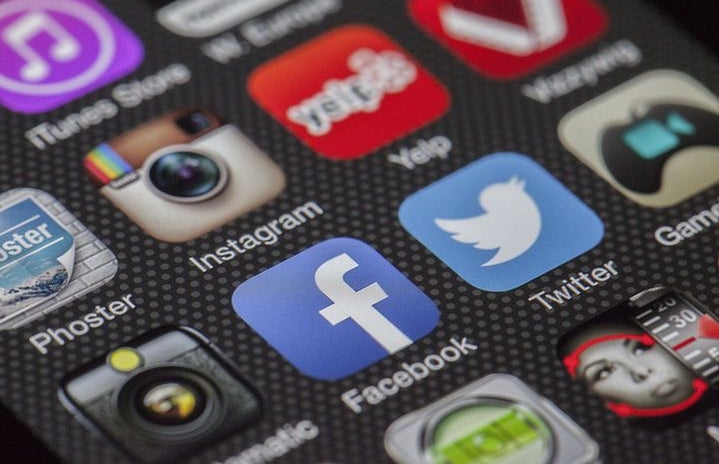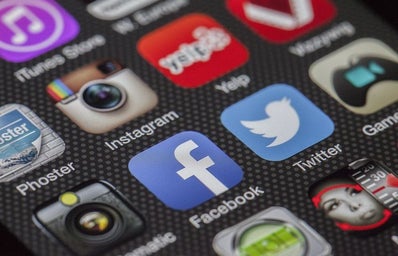By Davida Patel
This spring marks the three year anniversary of the coronavirus epidemic in the United States. Teens and young adults are exhibiting elevated levels of depression, stress, and anxiety after a year of lockdowns, remote schooling, and the interruption of social norms.
It’s no mystery that social media sites, particularly those focusing on images and videos, can encourage comparison and lead to poor mental health effects such as anxiety and depression. However, posts that induce destructive thought patterns and actions do not only influence teenagers. We have established harmful social media habits on a national scale.
According to a 2018 GlobalWebIndex research, adolescents aged 16 to 24 spend an average of three hours and one minute daily on social media. But, according to a study published in the journal JAMA Psychiatry, teenagers who spend more than three hours per day on social media “may be at heightened risk of mental health disorders, particularly repressing hardships.” Still, researchers believe that better social media use is achievable.
Users on platforms such as Instagram, TikTok, and Twitter understand the power of social media and have firsthand experience with the benefits it can provide. We have used social media to raise funding for disaster relief, increase voter registration, and combat misinformation. As
young people, our views and experiences must determine the future of technology and other social media platforms. We should remain informed and aware of the media we are consuming daily and regulate how much time we spend our lives online. As my mom always says, we should use everything in moderation.


